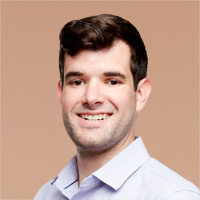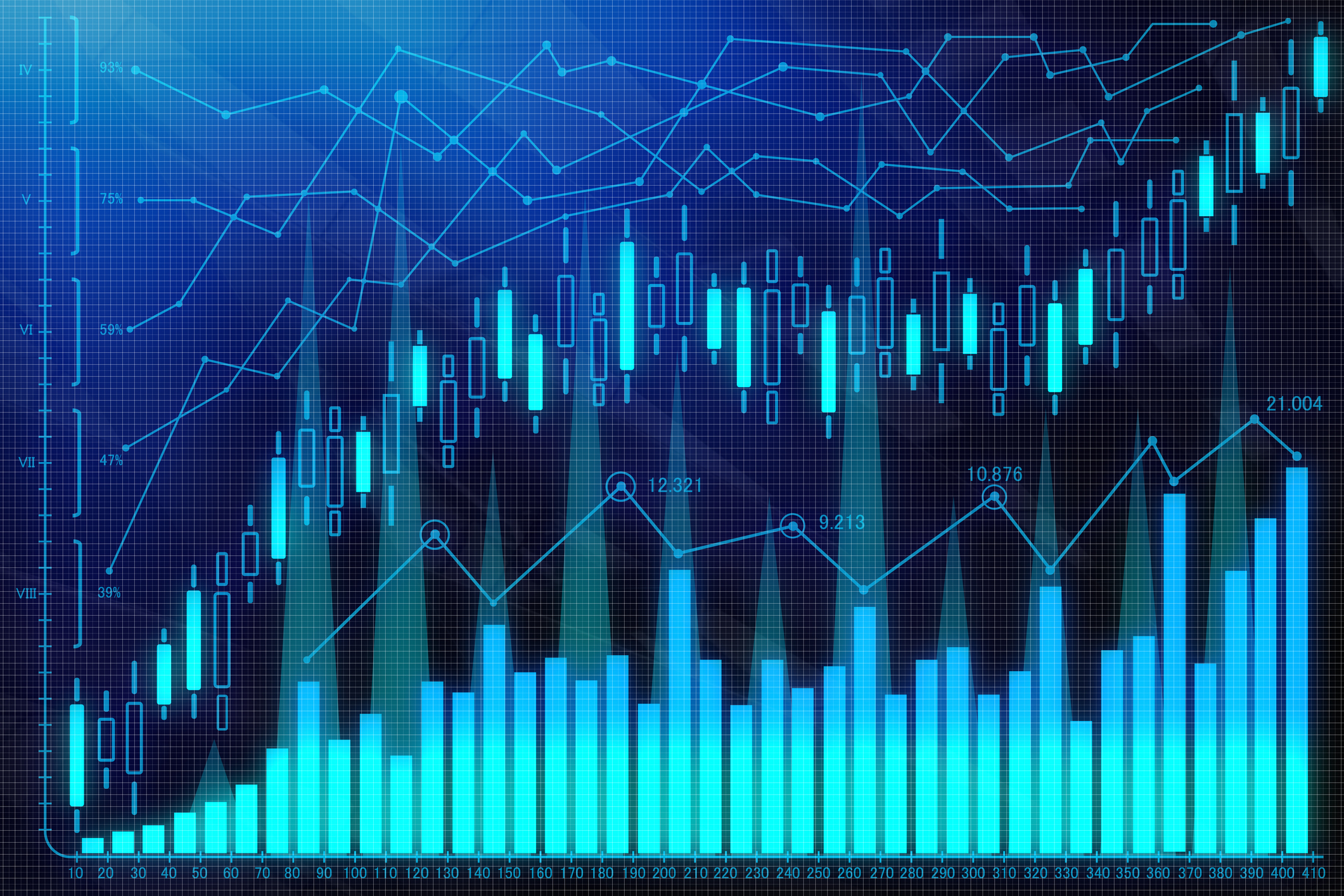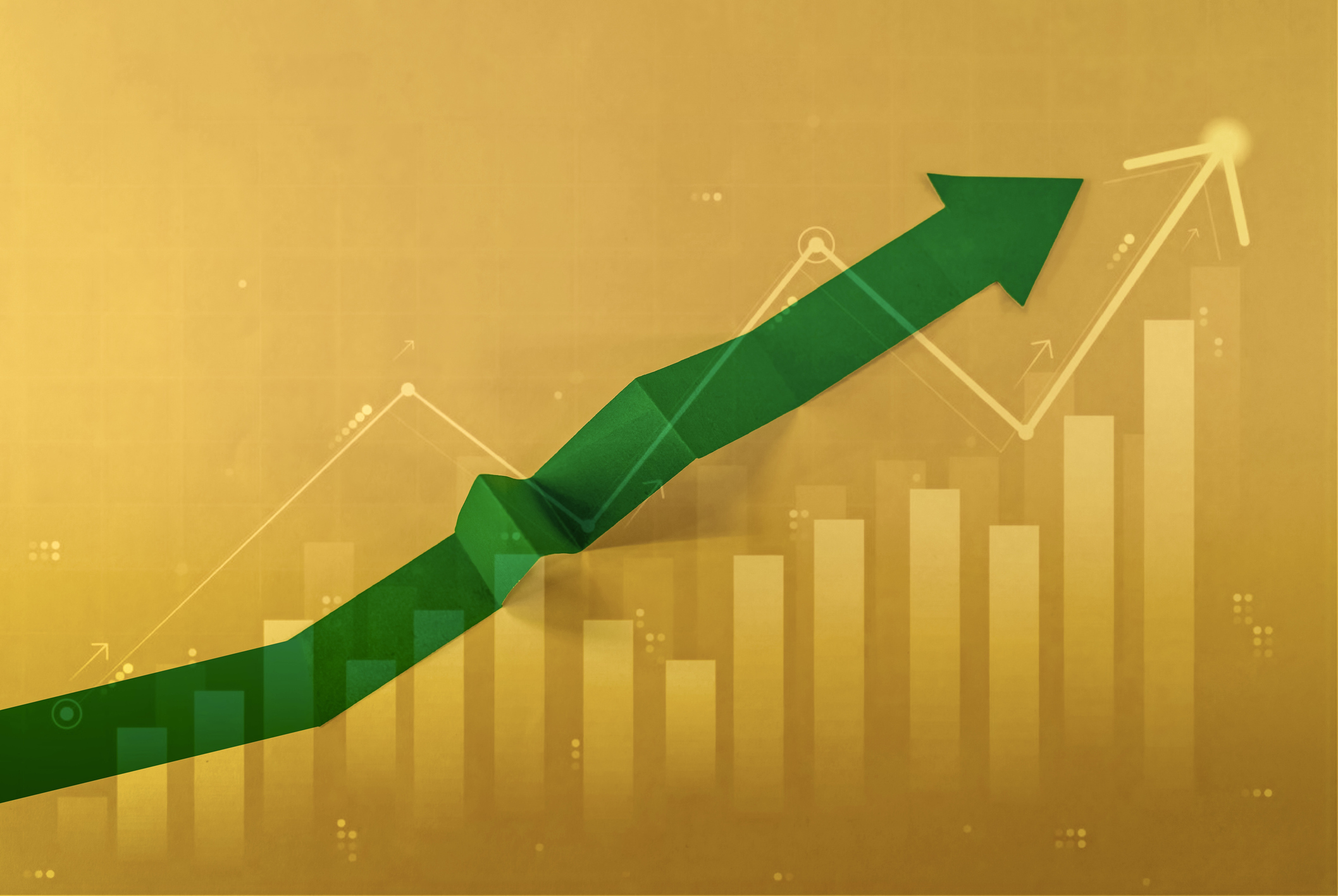3 Good Reasons to Invest in the Dow
Yes, there's a hint of fustiness to the Dow 30. But the industrials actually do a good job of tracking the market, and might do better in down times.


This isn’t your father’s stock index. But it probably is your grandfather’s. We’re talking, of course, about the Dow Jones industrial average, which has been tracking the performance of the U.S. stock market since 1896, when the average included only 12 stocks.
Some call the Dow archaic, and for good reason. For one thing, it holds only 30 stocks selected by a committee that consists of three representatives of S&P Dow Jones Indices and two representatives of The Wall Street Journal. Stocks are chosen subjectively, with factors such as industry leadership, company reputation and investor interest playing into whether a stock is included in the portfolio.
Compare that with the more quantitative Standard & Poor’s 500-stock index, which holds 500 large publicly traded companies, selected because of factors such as trading liquidity and financial viability. Unlike the S&P — which ranks stocks in the index by float-adjusted market value, or share price multiplied by the number of shares available for public trading — the Dow weights constituents by share price, so that higher-priced stocks count for more of the index.
From just $107.88 $24.99 for Kiplinger Personal Finance
Become a smarter, better informed investor. Subscribe from just $107.88 $24.99, plus get up to 4 Special Issues

Sign up for Kiplinger’s Free Newsletters
Profit and prosper with the best of expert advice on investing, taxes, retirement, personal finance and more - straight to your e-mail.
Profit and prosper with the best of expert advice - straight to your e-mail.
This practice is a “relic from the 19th century,” says Alex Bryan, head of research for passive strategies at Morningstar, dating from a time before computers made it easy to calculate market capitalization and other data in real time. The practice not only distorts the Dow’s representation of the broad market, he says, but it also leaves out companies, such as Alphabet (symbol GOOGL), whose stock prices are deemed too high for inclusion.
But hold your horses (as Grandpa might say) before abandoning the Dow. Despite its concentrated holdings, it does just about as well tracking the market as does the S&P. Over the past 25 years, the two indexes have sported a 94% degree of correlation (a measure of how similarly assets move), meaning that they largely rise and fall in lockstep. What difference there is has worked in favor of the Dow. Over the 25-year period, the Dow returned an average 10.3% per year, 0.8 percentage point per year better than the S&P. On a $10,000 investment, that amounts to a difference of nearly $20,000. Recent performance has helped boost that number. Over the past year, while bargain-priced stocks outperformed faster-growing names, the value- and quality-oriented Dow returned 20.2%, compared with 17.4% for the S&P 500’s more blended approach.
And because the Dow focuses on cash-rich industry titans, says Bryan, it can hold up better during down markets. From October 2007 through March 2009, for example, the Dow lost a cumulative 51.8%, compared with a 55.3% slide for the S&P. The highly profitable firms on the Dow’s roster also boast a higher dividend yield than those in the S&P: 2.4% on average, compared with 2.0%.
It still makes sense for index investors to hold funds that track the broad market. But you may want to add a stake in the granddaddy of all stock indexes, too.
For four ETFs that will let you to tap into the promise of the Dow, see 4 Best Ways to Invest in the Dow.
Profit and prosper with the best of Kiplinger's advice on investing, taxes, retirement, personal finance and much more. Delivered daily. Enter your email in the box and click Sign Me Up.

Ryan joined Kiplinger in the fall of 2013. He wrote and fact-checked stories that appeared in Kiplinger's Personal Finance magazine and on Kiplinger.com. He previously interned for the CBS Evening News investigative team and worked as a copy editor and features columnist at the GW Hatchet. He holds a BA in English and creative writing from George Washington University.
-
 Dow Adds 646 Points, Hits New Highs: Stock Market Today
Dow Adds 646 Points, Hits New Highs: Stock Market TodayIt was "boom" for the Dow but "bust" for the Nasdaq following a December Fed meeting that was less hawkish than expected.
-
 5 Types of Gifts the IRS Won’t Tax: Even If They’re Big
5 Types of Gifts the IRS Won’t Tax: Even If They’re BigGift Tax Several categories of gifts don’t count toward annual gift tax limits. Here's what you need to know.
-
 The 'Scrooge' Strategy: How to Turn Your Old Junk Into a Tax Deduction
The 'Scrooge' Strategy: How to Turn Your Old Junk Into a Tax DeductionTax Deductions We break down the IRS rules for non-cash charitable contributions. Plus, here's a handy checklist before you donate to charity this year.
-
 Dow Adds 646 Points, Hits New Highs: Stock Market Today
Dow Adds 646 Points, Hits New Highs: Stock Market TodayIt was "boom" for the Dow but "bust" for the Nasdaq following a December Fed meeting that was less hawkish than expected.
-
 Dow Rises 497 Points on December Rate Cut: Stock Market Today
Dow Rises 497 Points on December Rate Cut: Stock Market TodayThe basic questions for market participants and policymakers remain the same after a widely expected Fed rate cut.
-
 JPMorgan's Drop Drags on the Dow: Stock Market Today
JPMorgan's Drop Drags on the Dow: Stock Market TodaySmall-cap stocks outperformed Tuesday on expectations that the Fed will cut interest rates on Wednesday.
-
 Stocks Slip to Start Fed Week: Stock Market Today
Stocks Slip to Start Fed Week: Stock Market TodayWhile a rate cut is widely expected this week, uncertainty is building around the Fed's future plans for monetary policy.
-
 Stocks Keep Climbing as Fed Meeting Nears: Stock Market Today
Stocks Keep Climbing as Fed Meeting Nears: Stock Market TodayA stale inflation report and improving consumer sentiment did little to shift expectations for a rate cut next week.
-
 Small Caps Hit a New High on Rate-Cut Hope: Stock Market Today
Small Caps Hit a New High on Rate-Cut Hope: Stock Market TodayOdds for a December rate cut remain high after the latest batch of jobs data, which helped the Russell 2000 outperform today.
-
 UNH Sparks a 408-Point Surge for the Dow: Stock Market Today
UNH Sparks a 408-Point Surge for the Dow: Stock Market TodayThe best available data right now confirm both a slowing employment market and a December rate cut, a tension reflected at the equity index level.
-
 Stocks Bounce Back With Tech-Led Gains: Stock Market Today
Stocks Bounce Back With Tech-Led Gains: Stock Market TodayEarnings and guidance from tech stocks and an old-school industrial lifted all three main U.S. equity indexes back into positive territory.